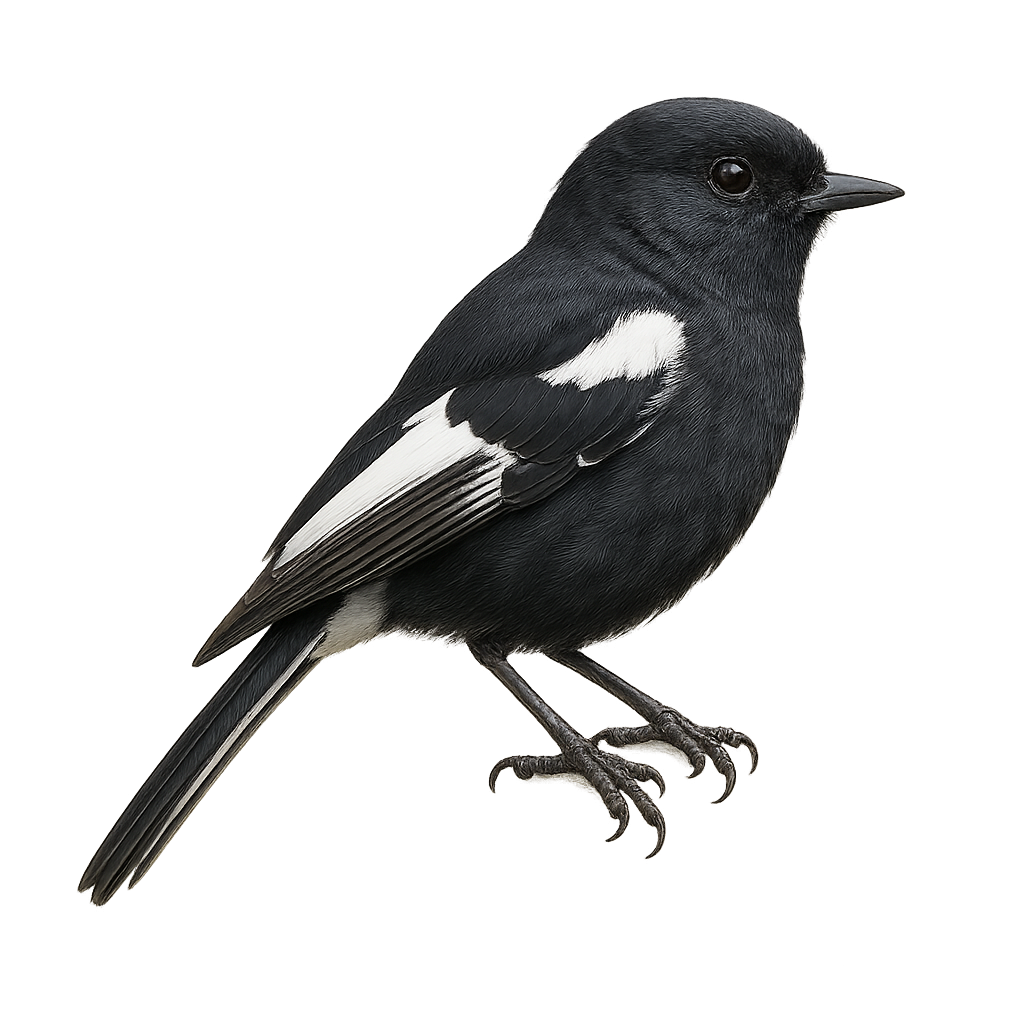Your wildlife photography guide.
Explore the white-shouldered black tit in detail, study its behavior, prepare your shots.
Where to observe and photograph the white-shouldered black tit in the wild
Learn where and when to spot the white-shouldered black tit in the wild, how to identify the species based on distinctive features, and what natural environments it inhabits. The WildlifePhotographer app offers tailored photography tips that reflect the white-shouldered black tit’s behavior, helping you capture better wildlife images. Explore the full species profile for key information including description, habitat, active periods, and approach techniques.
White-shouldered Black Tit
Scientific name: Melaniparus guineensis

IUCN Status: Least Concern
Family: PARIDAE
Group: Birds
Sensitivity to human approach: Suspicious
Minimum approach distance: 10 m
Courtship display: August to September
Incubation: 13-15 jours
Hatchings: August to October
Habitat:
Savannas, open forests, shrublands
Activity period :
Primarily active during the day, with peak activity in the morning and late afternoon.
Identification and description:
The White-shouldered Black Tit, or Melaniparus guineensis, is a small passerine bird belonging to the Paridae family. It is primarily recognized for its distinctive black and white plumage, with a black head and a white patch on the shoulder, from which it derives its common English name. It mainly inhabits the savannas and open forests of West Africa, where it feeds on insects and seeds. This bird is often observed in small groups, displaying social and curious behavior. Although its habitat is relatively stable, it is sometimes threatened by deforestation and the loss of its natural habitat. The White-shouldered Black Tit is a diurnal bird, active mainly during the day, and is known for its melodious and varied songs.
Recommended lens:
400 mm – adjust based on distance, desired framing (portrait or habitat), and approach conditions.
Photography tips:
To photograph the White-shouldered Black Tit, it is advisable to use a 400mm lens or longer to capture precise details without disturbing the bird. Look for savanna or open forest areas where these birds are active. Be patient and discreet, as they can be curious yet suspicious. Take advantage of the natural morning or afternoon light for well-lit images. Listen to their songs to locate their position and adjust your approach accordingly.
The WildlifePhotographer App is coming soon!
Be the first to explore the best nature spots, track rutting seasons, log your observations, and observe more wildlife.
Already 1 431 wildlife lovers subscribed worldwide

